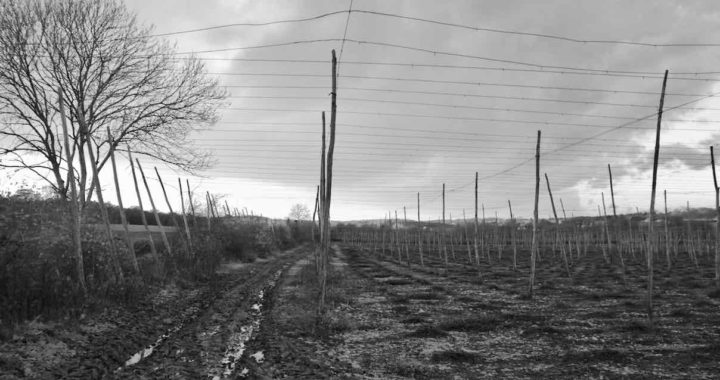Dr Susan Flavin’s studies in Experimental Archeology led her to this research of 16th Century beer. The FoodCult Project began when she was researching the 16th Century diet in Ireland pre the introduction of potatoes. You can listen to a Podcast by Associate Prof in History Dr Susan Flavin about her unique take on studying history by exploring what we ate and drank during the 16th century. The Podcast is easy to listen to and their diet in 16th Century included a lot of beer!
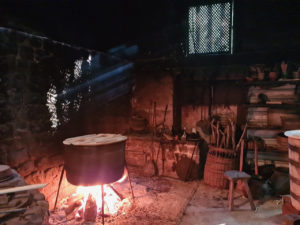 We know that historically beer has always been closely linked with the ordinary working person’s diet. For generations brewing was mainly done in the home, it was a basic skill any housewife worth her salt required. On larger estates it is quite likely that brewing was done by specially appointed farm hands. Research into beers and ales in past centuries shows that beer was often drunk in copious quantities, allegedly a manual worker could be given up to 14 pints per day! Beer continued to be drunk by farm workers in the first half of 1900’s on this Sussex farm. Joe Eyres, the hop drier and cowman, told me that they drank beer daily; tea was a luxury reserved for Sundays.
We know that historically beer has always been closely linked with the ordinary working person’s diet. For generations brewing was mainly done in the home, it was a basic skill any housewife worth her salt required. On larger estates it is quite likely that brewing was done by specially appointed farm hands. Research into beers and ales in past centuries shows that beer was often drunk in copious quantities, allegedly a manual worker could be given up to 14 pints per day! Beer continued to be drunk by farm workers in the first half of 1900’s on this Sussex farm. Joe Eyres, the hop drier and cowman, told me that they drank beer daily; tea was a luxury reserved for Sundays.
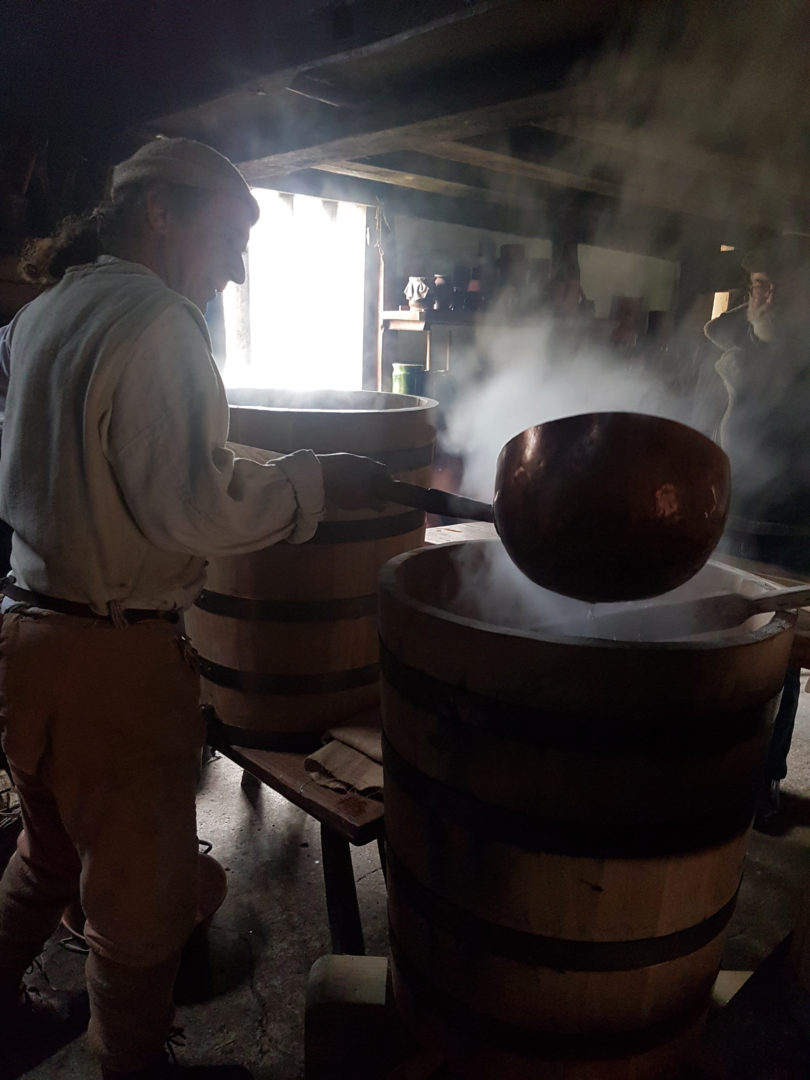
The aim of this project was to recreate a 16th century Tudor beer. What better way than by using , techniques and recipes found on historic records and various old household accounts. And where better for this to take place than at the Wealden and Downland Museum, one of my all time favourite places to visit.
The Foodcult project has been a major collaboration of many people, from historians to archaeologists, all experts in their own individual and diverse fields. Artisan brewing equipment was made to replicate what the Tudors would have used
The food historian Marc Meltonville had the crucial role as brewer.
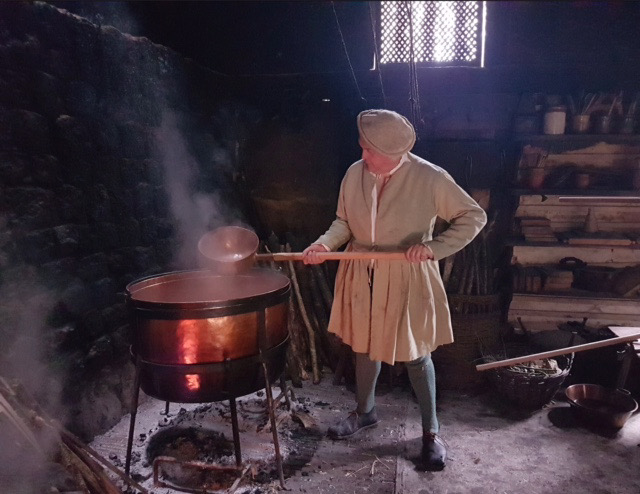
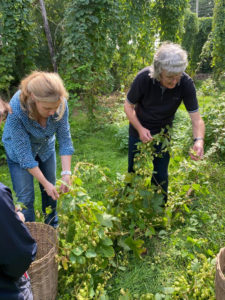 Selecting the right ingredients was essential. Tolhurst hop variety was chosen as closest to the original Flemish Red Bine. This Red Bine is believed to have been brought to England from Flanders at the end of 15th Century. The Heritage Tolhurst hop variety was chosen by Dr Peter Darby for this experiment, as the best hop to replicate what was available for 16th century brewing. Except for the National Collection, A Bushel of Hops is the only grower currently offering this Heritage Hop variety to home brewers. There should be some available next season for anyone who wishes to brew their very own ancient beer.
Selecting the right ingredients was essential. Tolhurst hop variety was chosen as closest to the original Flemish Red Bine. This Red Bine is believed to have been brought to England from Flanders at the end of 15th Century. The Heritage Tolhurst hop variety was chosen by Dr Peter Darby for this experiment, as the best hop to replicate what was available for 16th century brewing. Except for the National Collection, A Bushel of Hops is the only grower currently offering this Heritage Hop variety to home brewers. There should be some available next season for anyone who wishes to brew their very own ancient beer.
The other vital ingredient was malt and here the ancient Bere barley was singled out.  Bere Barley has been grown in Orkney for over 1000 years, it was probably introduced by the Vikings.
Bere Barley has been grown in Orkney for over 1000 years, it was probably introduced by the Vikings.
The three magic ingredients, water, barley and hops. Bere barely for the malt, Tolhurst hop variety was chosen, water and this historical brew was ready to go, finally after almost 3 years of droughts and a global pandemic which had all conspired to delay original plans! The brewing took place at Tindalls Cottage and like any good reenactment Tudor costumes and accurately crafted brewing equipments were used.
On 15th September 2021 everything was in place. A trial run to test equipment had been made in 2020 but in September 2021 it was the real deal. Film crew stationed then it was all systems go – brewing and filming were finally underway.
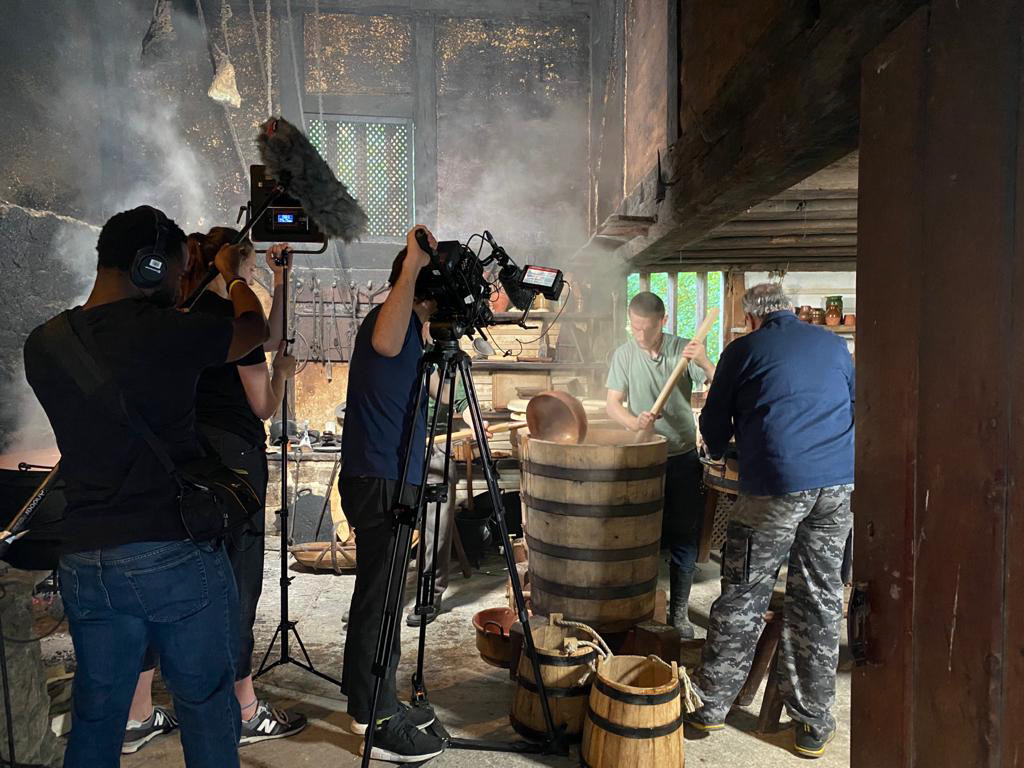
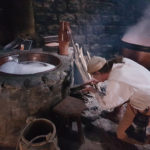 To have been a tiny part of a tiny cog in this very special historical brewing adventure has
To have been a tiny part of a tiny cog in this very special historical brewing adventure has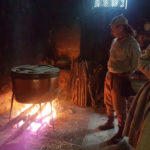 been a privilege. At present the resultant beer is undergoing analysis and Isotope testing. Meanwhile along with everyone else involved, I am eagerly awaiting the final results, just for now many questions still remain unanswered. So after Tolhurst hop variety was chosen, was this 16th Century beer a flop or was it fit for a Tudor king?
been a privilege. At present the resultant beer is undergoing analysis and Isotope testing. Meanwhile along with everyone else involved, I am eagerly awaiting the final results, just for now many questions still remain unanswered. So after Tolhurst hop variety was chosen, was this 16th Century beer a flop or was it fit for a Tudor king?
For further reading – Martyn Cornell of the Historic Brewery Society has written this excellent article. Apparently Shakespeare who was born in 16th Century ‘was a fan of ale, but didn’t much like beer.’

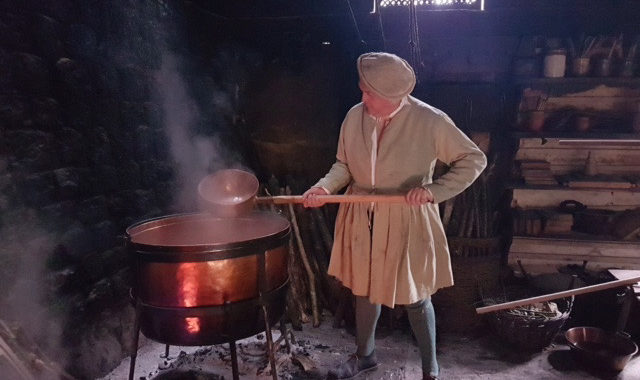
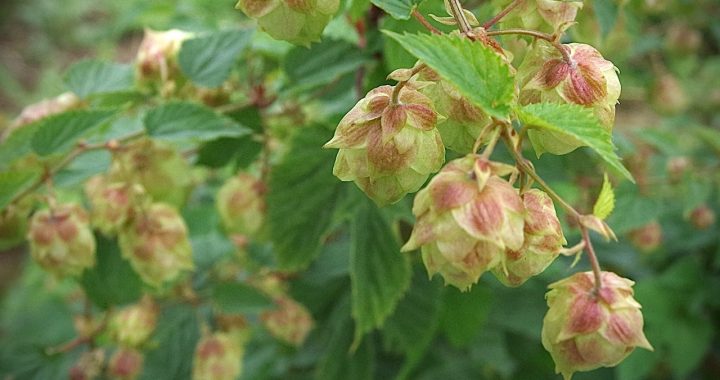
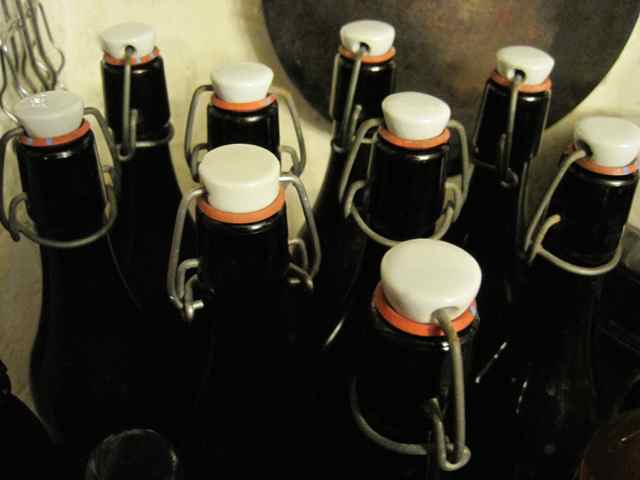
 I don’t want to brew but I love to grow hops, my the main objective is to keep these varieties available for today’s brewers to try, our relationship is symbiotic. My other objective was to supply fresh hops from a current season only and by supplying direct from hop garden to brewer the provenance is guaranteed.
I don’t want to brew but I love to grow hops, my the main objective is to keep these varieties available for today’s brewers to try, our relationship is symbiotic. My other objective was to supply fresh hops from a current season only and by supplying direct from hop garden to brewer the provenance is guaranteed.
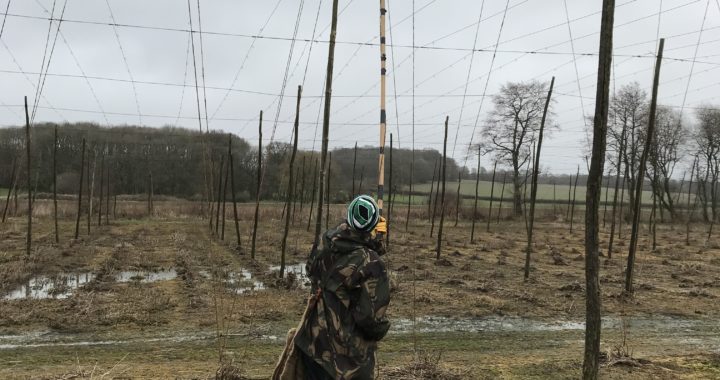
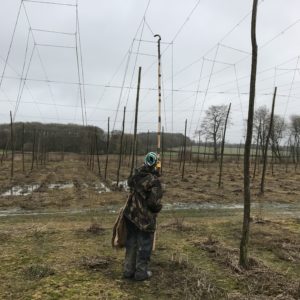
 Now things are different, times have dramatically altered and there are no longer
Now things are different, times have dramatically altered and there are no longer 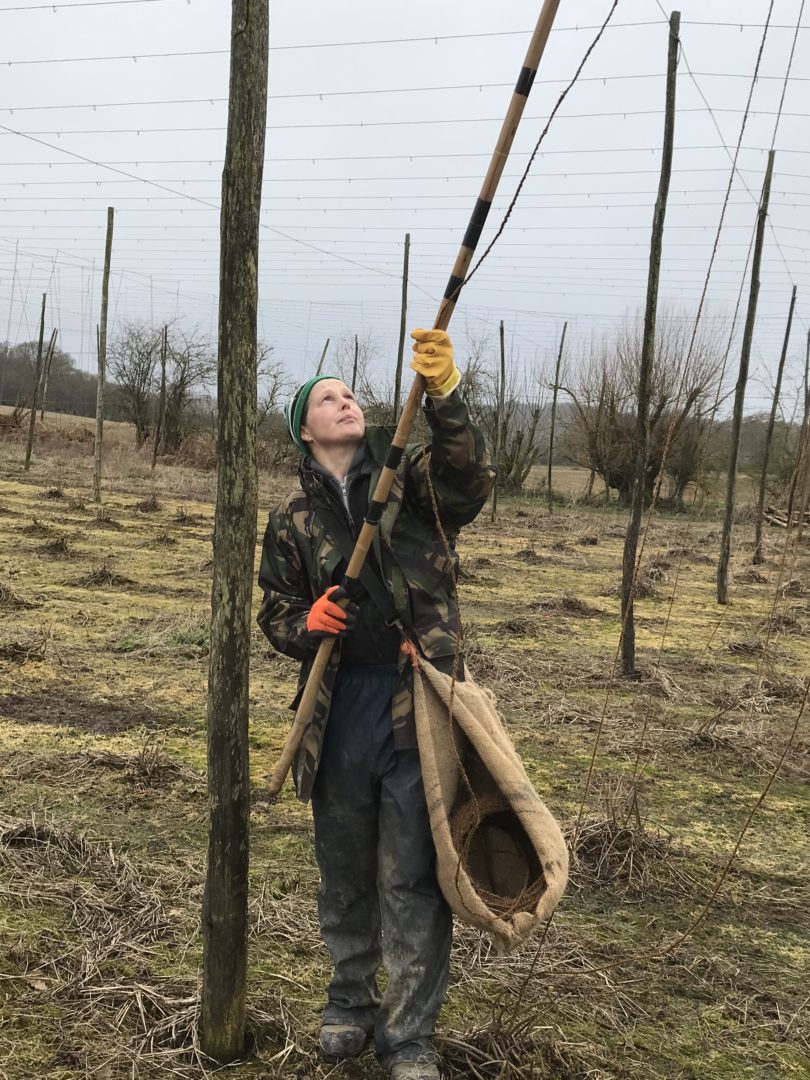
 twizzles!
twizzles! 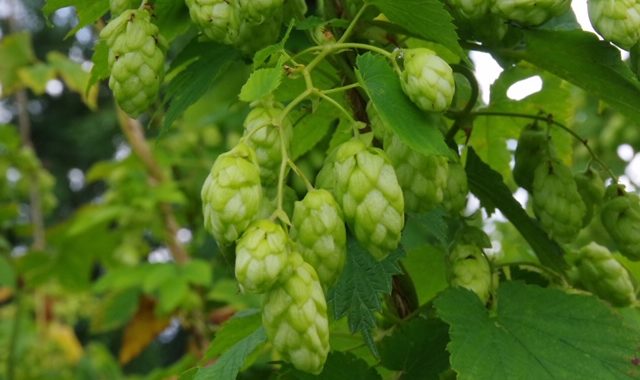
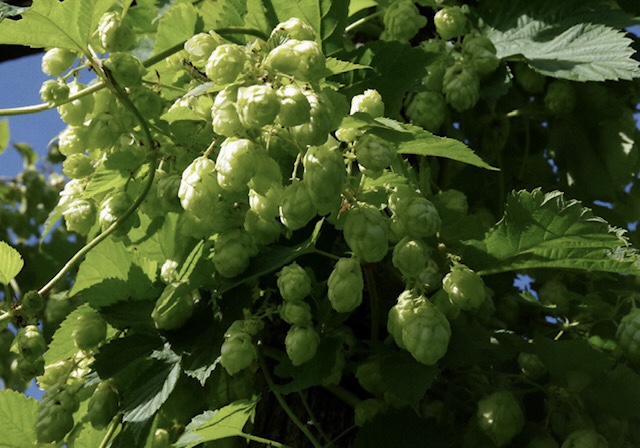
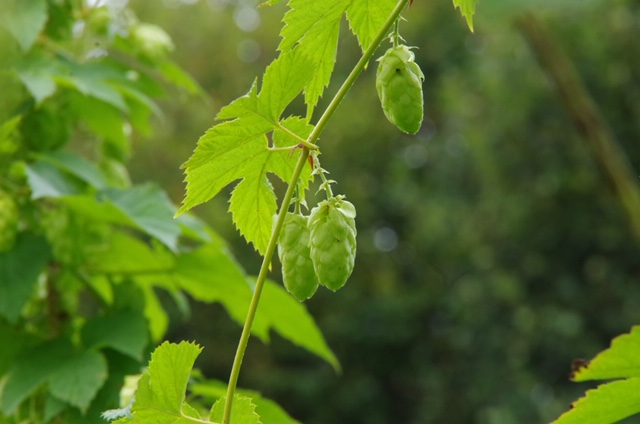
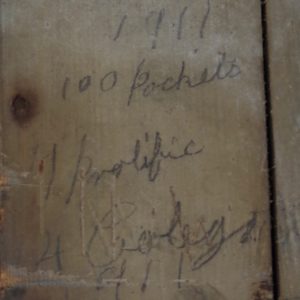 Colgate hop variety has small cones which gradually become oval as they mature. They prefer heavy soil and are late ripening. We always understood them to be a small hop simply because it had been passed down by word of mouth within the family, but we did not know what they smelt like. It reputedly had a
Colgate hop variety has small cones which gradually become oval as they mature. They prefer heavy soil and are late ripening. We always understood them to be a small hop simply because it had been passed down by word of mouth within the family, but we did not know what they smelt like. It reputedly had a 
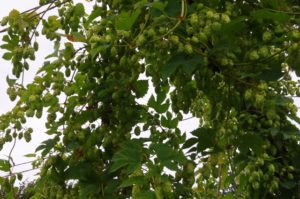 blackcurrants but the smell you get when warm ripe strawberries are at their summer best. A thank you to Kate Hyde for helping out with this sniff test for Malling Midseason, but as with all these aroma tests it is very individualand therefore I try to get the opinion of as many people as possible. With College Cluster dated 1943 everyone I asked at hop picking without exception said lemon or fresh lemon zest, with a bit more sniffing they said pine so I am happy to pass on that assessment. Malling Midseason was not picked this year, but if anyone using any of the other British heritage hop varieties has anything to offer that they can detect it would be really fascinating to hear your aroma assessments. This is an ongoing project.
blackcurrants but the smell you get when warm ripe strawberries are at their summer best. A thank you to Kate Hyde for helping out with this sniff test for Malling Midseason, but as with all these aroma tests it is very individualand therefore I try to get the opinion of as many people as possible. With College Cluster dated 1943 everyone I asked at hop picking without exception said lemon or fresh lemon zest, with a bit more sniffing they said pine so I am happy to pass on that assessment. Malling Midseason was not picked this year, but if anyone using any of the other British heritage hop varieties has anything to offer that they can detect it would be really fascinating to hear your aroma assessments. This is an ongoing project.

 In short the more hops in the beer, the happier the beer and perhaps best of all seemingly healthier for us?!!
In short the more hops in the beer, the happier the beer and perhaps best of all seemingly healthier for us?!!
 Another way hops are good for you is how they have been used for centuries in hop pillows to induce sleep. Whether they relieve anxiety thereby making you drowsy or not I do not know. But I rather suspect that anyone working for the
Another way hops are good for you is how they have been used for centuries in hop pillows to induce sleep. Whether they relieve anxiety thereby making you drowsy or not I do not know. But I rather suspect that anyone working for the 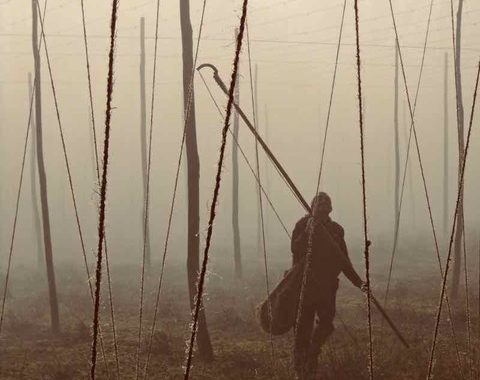

 First coir yarn is soaked, it stretches slightly when wet, imperceptible over a short length but over a long
First coir yarn is soaked, it stretches slightly when wet, imperceptible over a short length but over a long 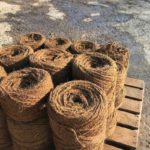 distance it is noticeable.
distance it is noticeable.
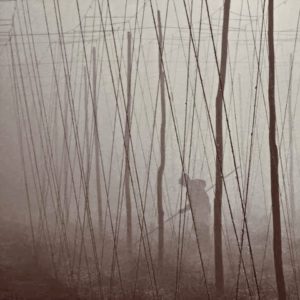
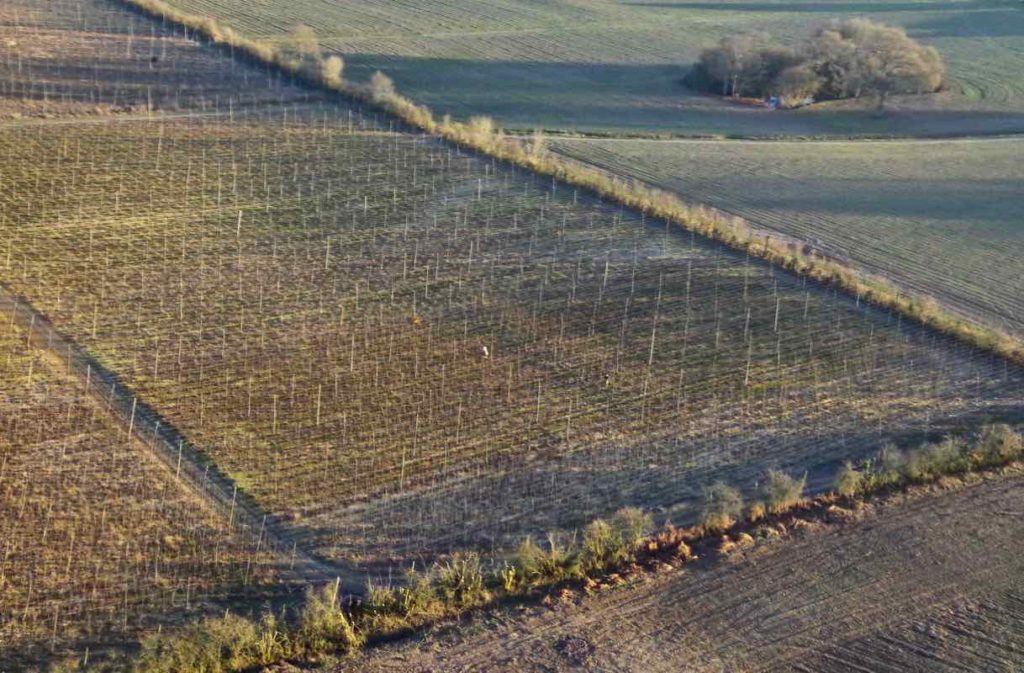

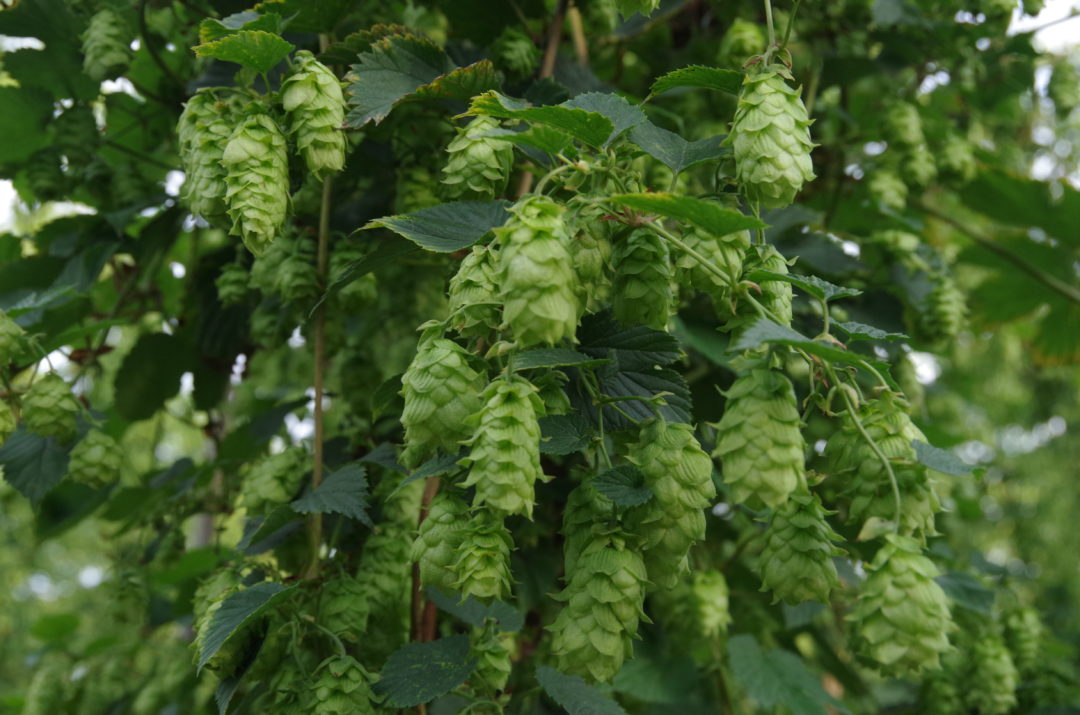


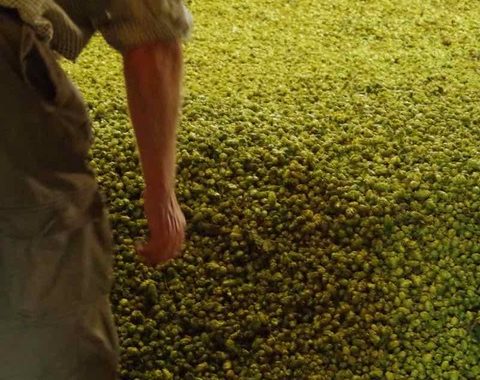
 soporific complex aromas. Spicier, piney, citrussy, fruits and honey, depending on the variety but too many to list straight off.
soporific complex aromas. Spicier, piney, citrussy, fruits and honey, depending on the variety but too many to list straight off.